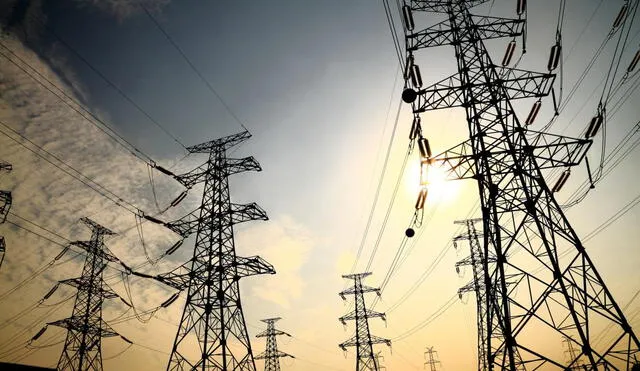Effective strategies to mitigate the impact of New Jersey’s 20% increase in electricity rates
New Jersey’s electricity rates have surged by 20% due to high demand and limited supply. Identifying major energy consumers at home and adopting efficiency strategies can help residents manage rising utility costs.

New Jersey’s electricity rates have surged by 20% due to rising demand and limited energy supply. This increase coincides with the summer season, when appliances like air conditioners significantly raise energy consumption. To counteract these rising costs, residents must adopt energy-efficient measures in their homes. Understanding which appliances consume the most electricity and implementing practical strategies can help mitigate the financial impact of higher utility bills.

NJ Electric Rates Going Up Again In June: See How Much. Photo: Patch.
Major energy consumers at home and strategies to reduce electricity consumption
Identifying which devices consume the most electricity is key to reducing energy expenses. Experts highlight the following top energy consumers in households:
- Heating and cooling systems: These account for a significant portion of electricity usage, especially during extreme weather conditions.
- Large appliances: Refrigerators, washers, and dryers contribute substantially to monthly energy consumption.
- Standby power consumption: Many devices continue to draw electricity even when not in use, known as "phantom load" or "vampire energy."
To minimize the impact of increased electricity rates, residents can implement the following energy-saving measures:
- Optimize heating and cooling: Keeping the thermostat at recommended temperatures (66–70°F during the day, 59–63°F at night) can lead to significant savings. Regular maintenance of HVAC systems also enhances efficiency.
- Upgrade to energy-efficient appliances: Replacing outdated appliances with energy-efficient models (preferably those rated A+ or higher) helps reduce power consumption.
- Unplug unused devices: Disconnecting electronics that aren’t in use prevents unnecessary energy drainage from standby power consumption.
- Use LED lighting: Switching from incandescent bulbs to LEDs and maximizing natural light can lower energy use.
- Improve insulation: Ensuring proper insulation in doors and windows helps maintain indoor temperatures, reducing reliance on heating and cooling systems.
Christine Guhl-Sadovy, president of the New Jersey Board of Public Utilities, said the increase is due to ‘growing demand for electricity, coupled with limited supply growth’ in the region due to a backlog of power generation projects waiting to be connected to PJM Interconnection.
Considering renewable energy sources
A long-term solution to reducing dependency on traditional electricity sources is investing in renewable energy, such as installing solar panels. New Jersey offers favorable net metering policies, allowing homeowners to receive credits for excess energy produced, offsetting their electricity consumption from the grid.
The 20% increase in New Jersey’s electricity rates poses a financial challenge for residents. However, by identifying major energy consumers and implementing efficiency strategies, households can reduce their energy expenses. Investing in renewable energy also presents a sustainable solution, promoting both financial savings and environmental benefits.












